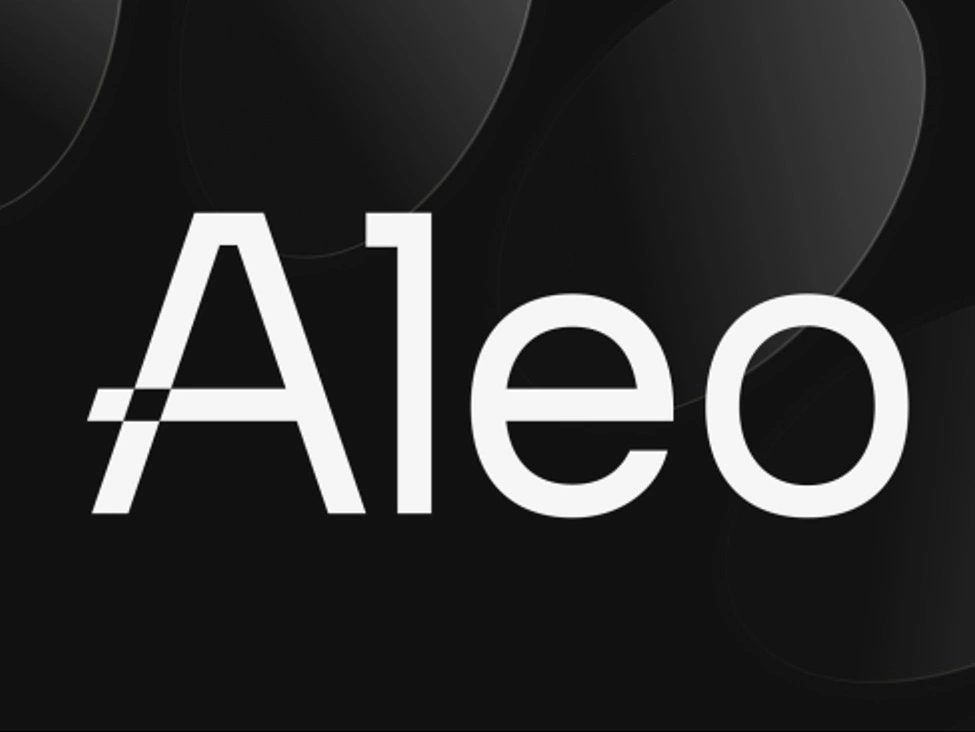Web3 Privacy: A Buzzword, or the Start of Something Real?
Let’s get this out of the way: Web3 privacy sounds like one of those terms you see in a crypto pitch deck, nestled between “decentralization” and “permissionless innovation.” But here’s the thing—it’s not just noise. Or at least, it doesn’t have to be.
What’s different now is that, unlike Web2 (a.k.a. the current internet, where your data is basically the price of admission), Web3 is putting privacy back into the hands of the user. Or that’s the promise. The question is… are we buying it?
How Web3 Privacy Changes the Rules
In the Web2 world, every app, every search, every swipe is tracked—usually by a handful of massive platforms. You get free access; they get your behavior, habits, and sometimes even your location. It’s not a trade—it’s surveillance.
But Web3? It shifts the power dynamic. You (ideally) control your own identity, and data isn’t automatically stored on some opaque server in Silicon Valley. Instead, Web3 uses cryptographic wallets, zero-knowledge proofs, and decentralized storage to limit data exposure. Basically, no one needs to know it’s you, unless you choose to tell them.
Sounds great, right? Well, mostly…


The Upside: Control and Anonymity
One of the strongest points in the Web3 privacy playbook is that you finally get to decide what you share and with whom. Your wallet address isn’t tied to your name, your emails, or your shopping history—unless you want it to be.
And with tools like zk-SNARKs (a weird acronym that’s doing a lot of heavy lifting), you can prove something is true without revealing why it’s true. Think: proving you’re over 18 without handing over your ID.
It’s a new flavor of digital privacy—less about hiding and more about selective revealing. Very James Bond, if you ask me.

But Here’s the Catch… Web3 Privacy Isn’t Perfect
Let’s be honest: even if the tech is impressive, the experience isn’t exactly grandma-friendly. Using a Web3 wallet can be clunky. And while your data may not be stored by Meta, it’s still on-chain—and if someone links your wallet to your identity? Boom. Privacy gone.
Also, there’s this irony: blockchain is inherently public. That’s what makes it transparent and trustless. So even if your name isn’t on it, your transactions are all still… there. Forever. That’s a double-edged sword. Permanent, immutable privacy? Not quite.
So yeah—Web3 privacy has a way to go before it’s bulletproof. But it’s still something. And in today’s internet? That already feels like progress.
Why Privacy Might Still Be Worth Rooting For
Here’s a maybe-unpopular take: Web3 privacy might not be perfect, but it’s better than what we’ve got. Is it messy? Absolutely. Confusing? Sure. But it’s also trying to fix a system that’s built on quietly monetizing your every digital move. That deserves a little credit.
Some projects are already doing it right—building privacy-preserving tech that doesn’t sacrifice usability (shoutout to Lens Protocol and Aleo, just to name a couple). It’s still early days, but the intent seems to be there.
And who knows—maybe, just maybe, the next iteration of the internet won’t treat your data like a buffet.


Final Thoughts: The Future of Web3 Privacy Is Still Being Written
At the end of the day, Web3 privacy isn’t just about hiding things—it’s about reclaiming agency. About giving users the ability to opt in, instead of defaulting to exposure.
Is it ready for mainstream use? Not quite. Is it headed in a better direction than Web2? Probably.
So if you’re feeling skeptical, that’s fair. If you’re cautiously optimistic? Welcome to the club. Because as far as internet revolutions go, privacy might just be the one worth fighting for.
Relevant Link : Here





